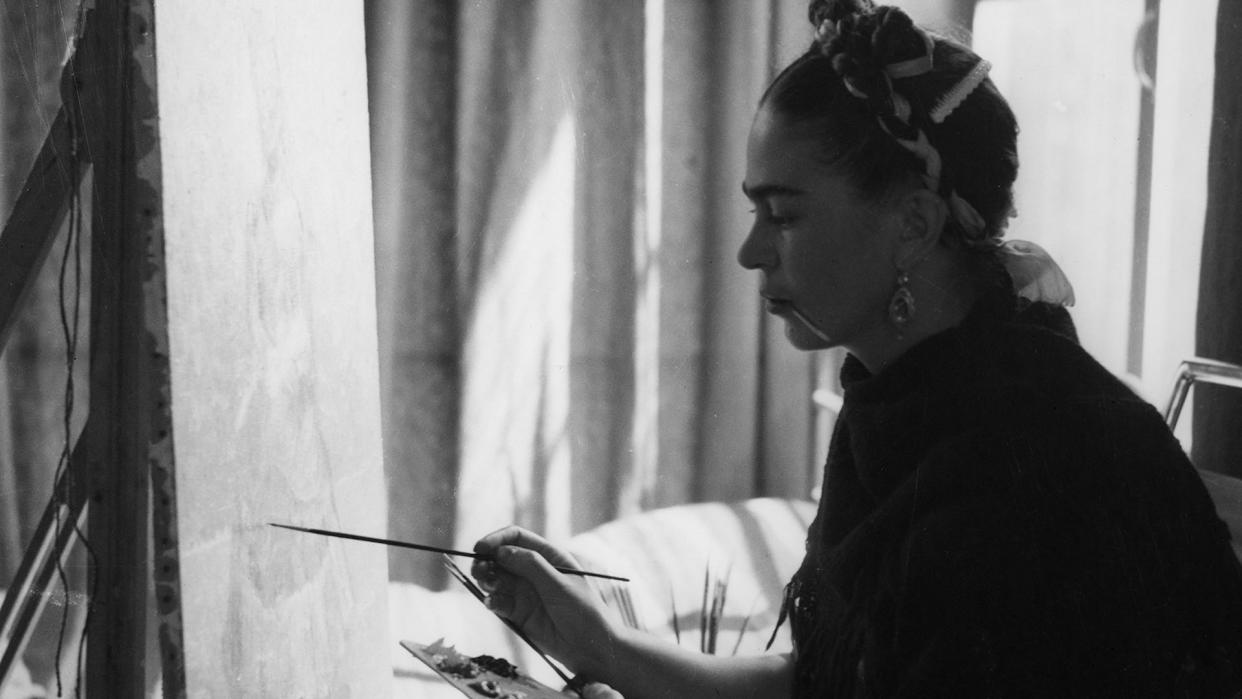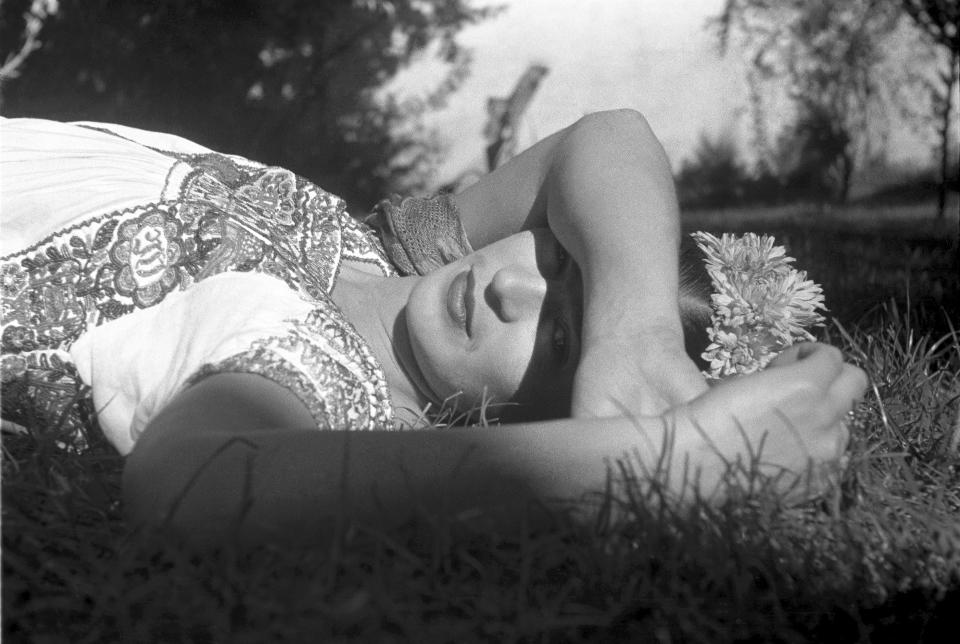Why Frida Kahlo Uses Her Own Words in Sundance Documentary ‘Frida’

- Oops!Something went wrong.Please try again later.
- Oops!Something went wrong.Please try again later.
Carla Gutierrez, a Peruvian emigre to the United States who made her name as an editor of documentaries (“RBG”), transitions to director with “Frida” (Time Studios/Imagine Documentaries/Amazon/MGM), which debuted at the Sundance Film Festival on Thursday, January 18.
Long obsessed with Mexican artist Frida Kahlo, Gutierrez was reading some of the books about her and realized there was enough material for Kahlo to narrate her own story. “When I started looking at research material, I found that no one had truly focused on her voice and let Frida herself carry a narrative,” said Gutierrez via a Zoom interview.
More from IndieWire
The First Weekend of the 2024 Sundance Film Festival Saw the Debut of a New Wave of Oscar Contenders
She went to her “RBG” and “Julia” directors Julie Cohen and Betsy West and pitched them the idea of digging deep into a third “kick-ass woman,” said Gutierrez. They became executive producers, but when they went out to find backing, some companies were afraid of a Spanish-language archive movie that might feel historically distant. “We knew that we were coming in with a new approach,” said Gutierrez, “that was a lot more intimate than what had been done before.” But Time and Imagine saw the film’s potential, and swiftly Amazon also joined as distributor.
Early on, Gutierrez felt strongly that actors should portray all the voices in the film, from Frida to her husband Diego Rivera. She cast them sight unseen, looking for theater veterans who could transmit emotion.
Relying on Frida’s words was “liberating,” said Gutierrez. “All her writings are in different parts of the world in different collections. And there is no one extensive interview with her. There are some interviews toward the end of her life. But it’s not like she was telling the story of her life. That opened up the possibility to lean into her emotions and offer more of an intimate perspective. It was important for me to make that connection between her life experiences and the development of her paintings.”
One key decision in bringing Kahlo to life was the subject of some debate, but Gutierrez felt strongly that animating Kahlo’s art would be visually additive. “Cinema is a different art form,” said Gutierrez. “When you have interaction with Frida’s art, a lot of times it’s either in a museum, if you’re seeing an actual painting, or through books, and you have an opportunity to live with the painting and live with the art, and observe it and have an interaction with it. I found that wasn’t possible through film. There was this distance that I felt.”
“We did a lot of early, rough-cut editing of some segments where we only had the static paintings. And these paintings are full of details. A lot of them have different meanings. With the animation, I wanted the audience to key into specific details that highlighted the emotions that we were touching on in those specific segments. For me, going into the paintings this way was immersing myself in her mind.”
The filmmakers licensed high-resolution photos and then the animators used 2D techniques, cutting out different elements of the pictures. “We never add any outside elements to her art,” said Gutierrez. “We do cut-outs and pay special attention to the movement and specific details of the paintings.”
The estate of Frida Kahlo wasn’t an impediment. After her death at age 47 in 1954, her estate passed to her husband Diego Rivera, who was a Communist. He gave their estate to the Mexican government, which also supervises the Casa Azul Museum in Mexico City.

Other voices came from those who knew Kahlo very closely, from Rivera to a letter, diary, or a quick interview. “At the beginning of the process,” said Gutierrez, “I thought we were going to rely on other voices more. Because again, we knew that Frida could give us the emotional content that we needed. But I was surprised to see, as we were putting the film together, that Frida could carry the story as much as she could. We used phrases from the friend in the United States who was present when Frida had her miscarriage. In her diary at the time, she described quite a bit of what was happening, and those descriptions were present and raw.”
Gutierrez also edited the film. “What I’ve done is to try to build the world, and present it to the audience as if the protagonist was walking you through it,” she said. “So you’re holding the hand of Frida Kahlo, as she’s walking through the world. Everything is dictated by her emotion or her presence there.”
“Frida” will stream March 15 around the world on Amazon Prime Video.
Best of IndieWire
Sign up for Indiewire's Newsletter. For the latest news, follow us on Facebook, Twitter, and Instagram.

